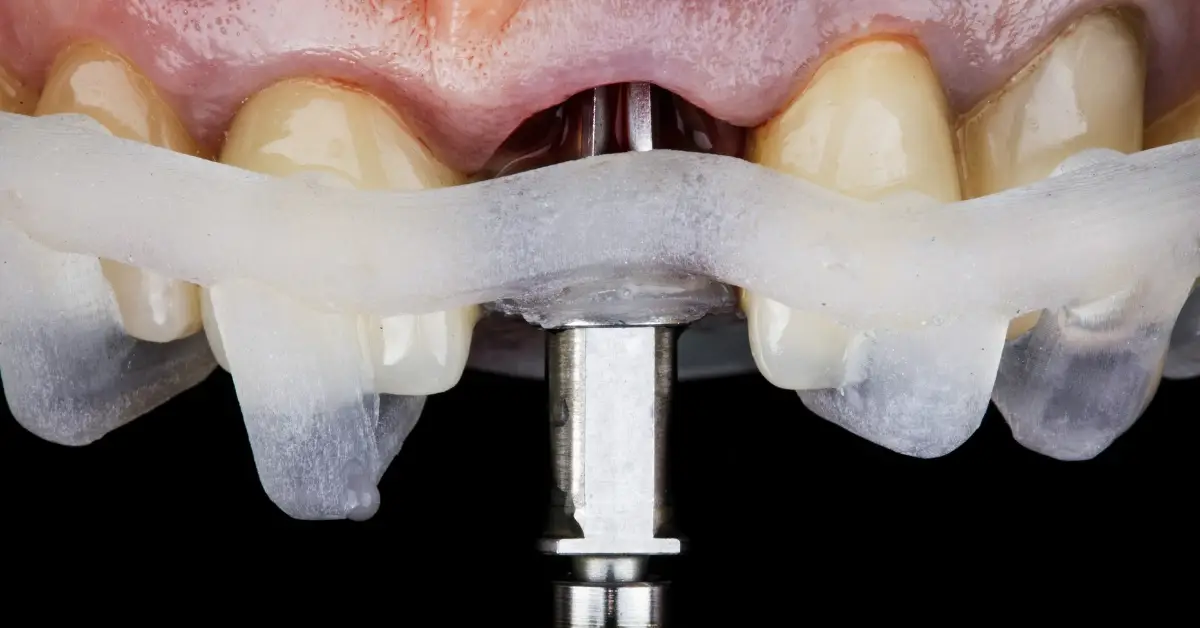NEWS
The Things You Should Know About One-Piece Implant Drills

What Are One-Piece Implant Drills?
One-piece implant drills are specialized surgical tools designed for the precise placement of dental implants. Unlike traditional multi-component systems, which require separate instruments for drilling and implant placement, these advanced drills combine multiple functions into a single device. This integration streamlines the drilling and implant placement process, reducing the need for instrument changes and potentially decreasing the overall time required for the procedure. Moreover, one-piece implant drills enhance accuracy and efficiency, providing dental professionals with greater control and improving patient outcomes.
As the dental industry advances, one-piece implant drills have revolutionized the way professionals use implants for surgical procedures, offering greater efficiency and precision.
Advantages of Using One-Piece Implant Drills
One-piece implant drills offer several benefits that make them an attractive option for dental professionals. Here are some key advantages:
Simpler Surgical Procedure
By integrating multiple drilling steps into a single device, one-piece implant drills simplify the surgical procedure. This reduces the complexity of the operation, making it easier for surgeons to perform precise implant placements with fewer tools.
Reduced Treatment Time
The streamlined process not only simplifies the surgery but also reduces the overall treatment time. Patients can experience shorter procedures, which can enhance their comfort and reduce anxiety.
Potentially Lower Cost
With fewer instruments required and reduced time in the operating room, the overall cost of the procedure can be lower. This can make dental implants more accessible to a broader range of patients.
Disadvantages of Using One-Piece Implant Drills
Despite their advantages, one-piece implant drills have some drawbacks that dental professionals should consider:
Less Flexibility in Implant Placement
One-piece drills may offer less flexibility in terms of implant angulation and depth adjustment compared to multi-component systems. This could be a limitation in complex cases where precise adjustments are necessary.
Higher Risk of Drill Breakage
The integrated design of one-piece drills can lead to a higher risk of breakage, especially if the drill is subjected to excessive force or used improperly. This risk underscores the importance of proper handling and maintenance.
Different Types of One-Piece Implant Drills
One-piece implant drills come in various types, each suited for specific stages of the implant process. Here are the main types:
Long Lance Drills
Long lance drills are designed for initial entry into the bone. They are typically longer and have a sharp tip to ensure precise placement of the initial implant site.
Pilot Drills
Pilot drills are used to create the initial pilot hole for the implant. They are shorter than long lance drills and provide the foundation for subsequent drilling steps.
Tap Drills
Tap drills are used to shape and prepare the implant site to accommodate the final implant. They often feature specialized flutes and patterns to ensure optimal bone engagement and stability.
Things to Consider When Choosing One-Piece Implant Drills
Selecting the right one-piece implant drill involves several considerations:
Implant System Compatibility
Ensure that the one-piece drills you choose are compatible with your implant system. Compatibility is crucial for achieving the best surgical outcomes and avoiding complications.
Bone Quality
The quality of the patient’s bone will influence the choice of drill. Softer bone may require different drill specifications compared to denser bone to ensure proper implant placement and stability.
Surgeon’s Experience
The experience level of the surgeon plays a significant role in the choice of implant drills. Novice surgeons may prefer drills that offer greater ease of use and safety features, while experienced surgeons might opt for more advanced models.
Tips for Using One-Piece Implant Drills Safely and Effectively
To maximize the benefits of one-piece implant drills and minimize risks, follow these best practices:
Proper Sterilization
Always ensure that your drills are properly sterilized before use. This helps prevent infections and ensures a sterile operating field.
Use of a Cooling System
Utilize a cooling system to prevent overheating of the drill and surrounding bone tissue. Overheating can cause tissue damage and negatively impact implant success.
Maintaining a Slow and Steady Drilling Speed
Maintain a slow and steady drilling speed to ensure precision and avoid excessive force that could lead to drill breakage or bone damage. Controlled drilling enhances accuracy and patient safety.
Conclusion
One-piece implant drills offer numerous advantages for dental professionals, including simplified procedures, reduced treatment times, and potentially lower costs. However, it’s essential to consider their limitations, such as less flexibility in implant placement and a higher risk of breakage.
By understanding the different types of one-piece implant drills and considering factors like implant system compatibility, bone quality, and surgeon experience, you can make informed decisions that improve patient outcomes. Additionally, following best practices for proper sterilization, cooling, and controlled drilling will ensure safe and effective use of these advanced tools.
Kenneth is a proud native of sydney, born and raised there. However, he pursued his education abroad and studied in Australia. Kenneth has worked as a journalist for almost a decade, making valuable contributions to prominent publications such as Yahoo News and The Verge. Currently, he serves as a journalist for The Hear Up, where he focuses on covering climate and science news. You can reach Kenneth at [email protected].










